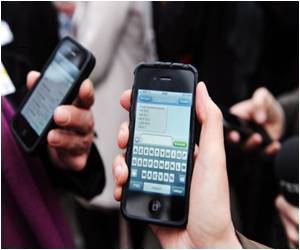
Mayo Clinic was the first medical center in Arizona to do pioneering clinical research to study telemedicine to serve patients with stroke in non-urban settings. Today, Mayo Clinic is the hub in a network of 12 other spoke centers, all but one in Arizona. In telestroke care, the use of telemedicine platforms or robots located in a rural hospital lets a stroke patient be seen in real time by a neurology specialist who typically is working from a desktop or laptop computer in Phoenix. The Mayo Clinic stroke neurologist, whose face appears on a computer screen, consults with emergency room physicians at the rural sites and evaluates the patient.
Patients showing signs of stroke can be examined by the neurologist who can also view scans of the patient's brain to detect possible damage from a hemorrhage or blocked artery. If necessary patients can be administered clot-busting medications within the narrow window of time necessary to minimize permanent injury to the brain. The study compared the quality of medical images using a particular smartphone application to the same types of information and images typically viewed via desktop computers. Mayo Clinic neurologists worked with emergency physicians and radiologists at Yuma Regional Medical Center to compare brain scan images from 53 patients who came to that medical center with stroke.
The scans were reviewed by radiologists in Yuma and a separate adjudication panel of stroke neurologists to determine the level of agreement between these traditional interpretation routes and new images and scans on smartphones interpreted by telestroke doctors. The study shows there was a high level of agreement (92 to 100 percent) among all the reviewers over the most important radiological features.
"Smartphones are ubiquitous, they are everywhere," Dr. Demaerschalk says. "If we can transmit health information securely and simultaneously use the video conferencing capabilities for clinical assessments, we can have telemedicine anywhere, which is essential in a state like Arizona where more than 40 percent of the population doesn't have access to immediate neurologic care."
The study was funded by the Arizona Department of Health Services and the technology and technical assistance was provided by Calgary Scientific, the maker of ResolutionMD.
Advertisement
Source-Eurekalert













